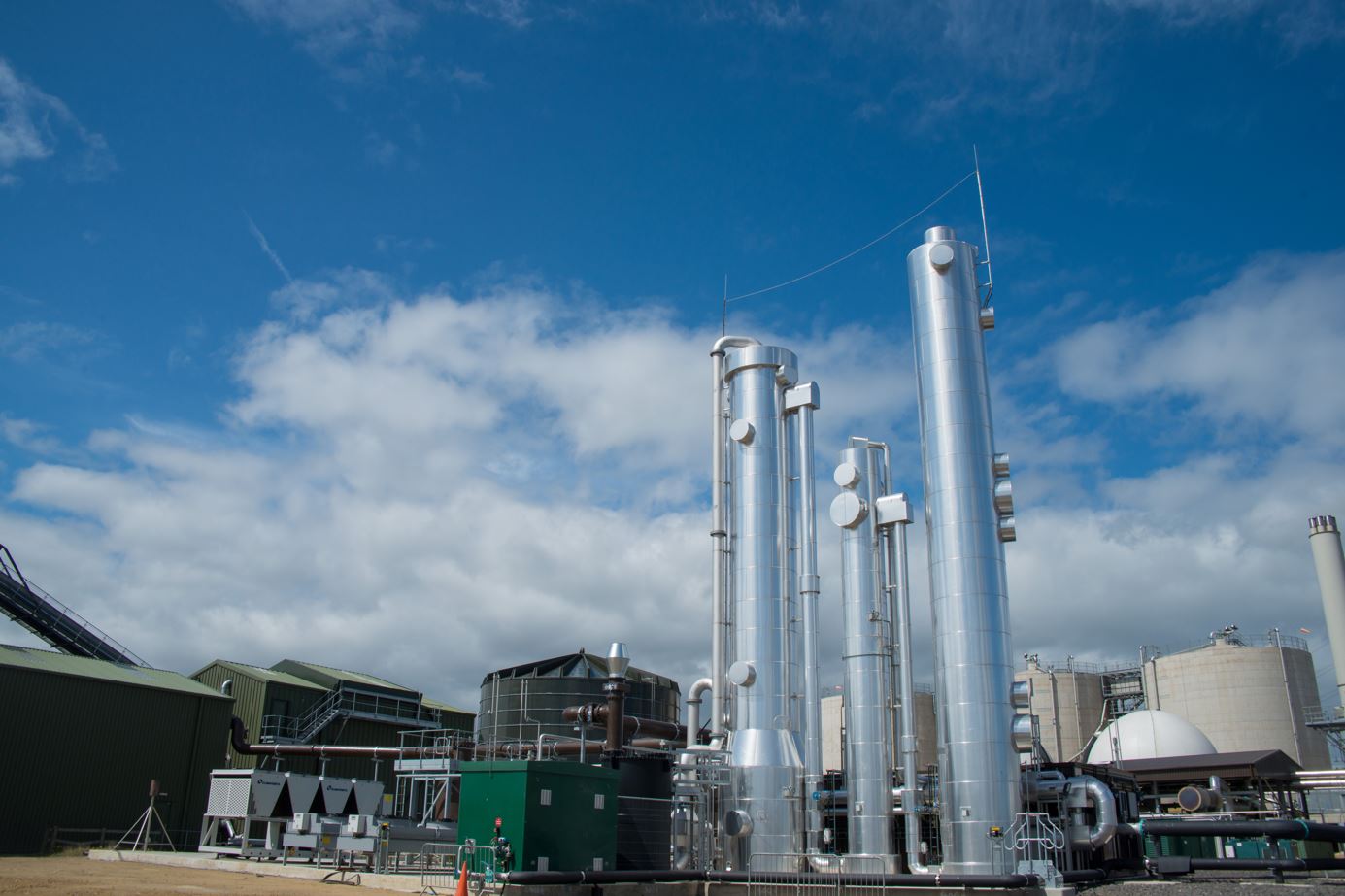The North East’s green energy resources are being boosted as Northumbrian Water continues investment in renewables on its sites across the region – which will see the company generating 175GWh of green energy in the North East by 2024.

The generation of sustainable energy through solar and hydropower, as well as from the company’s industry-leading “power from poo” activities, is not only helping fuel its own sites, but is also supporting stocks in the region’s grid.
In 2022, new solar arrays have been added at sites in Lumley, Sedgeletch, Billingham, Blyth and Aycliffe, with a sixth expected in Darlington in early 2023.
With the addition of these sites, Northumbrian Water will generate 27GWh of renewable electricity across its sites in 2022/3, rising to 40GWh in 2023/4 – equivalent to that needed to power more than 12,000 homes.
This is in addition to injecting a further 135GWh of green gas into the grid every year, which is enough to heat a further 8,000 homes.
The investment in renewables is also helping Northumbrian Water take a step closer to its ambitious goal of achieving Net Zero in 2027, having helped its carbon emissions fall more than 90% since 2008, when they stood at 303,000 tonnes.
The latest figure, for 2021, shows this has now fallen to 22,000 tonnes, having more than halved from 2020’s 56,000 tonnes and driving the water company even closer to achieving its goal.
As the company works towards Net Zero, it has today published the second edition of its Emission Possible document, outlining its journey so far and its plan to achieve its goal.
Northumbrian Water took its first steps into solar generation with a 943-panel, 220,000 kWh array at Bran Sands on Teesside.
As well as solar, the company’s reservoirs and water treatment works are also home to nine hydroelectric power stations, three of which are operated by third parties. This includes one at Kielder, in Northumberland, which is the largest plant of its kind in England, generating enough electricity to meet the annual needs of around 5,000 homes.
Additionally, the company was the first and is still the only water company to use 100% of its sewage sludge to create green energy, through a process called Advanced Anaerobic Digestion (AAD). This takes place at its treatment works at Howdon, in North Tyneside, and at Bran Sands, on Teesside.
From the two sites, around two million cubic metres of sludge is processed to generate 135GWh of energy, the amount needed to heat around 80,000 homes.
All of the energy generated through AAD is injected into the gas grid as renewable gas, thanks to further investment in gas to grid plants at both sites, which has seen them evolve into green power stations.
Other work that has helped it achieve its carbon reductions to date has included:
• Using a first of its kind ten-year deal to source around 30% of its electricity demand from the Race Bank offshore wind farm.
• Powering all 1,886 of its sites using renewable electricity, through which the company achieves 77,000 tonnes of CO2 savings each year - over 350 times the weight of the Angel of the North.
The company also has a target of zero avoidable waste by 2025.
The new Emission Possible document can be read here: Emission Possible (nwg.co.uk)
Heidi Mottram, Chief Executive of Northumbrian Water, who represented the water industry at COP26 in 2021, said: “It’s great to be able to use our sites and some truly innovative technology to deliver such high volumes of green energy generation here in the North East.
“Two of the things we have in abundance at Northumbrian Water are assets and innovative spirit, and when harnessed and combined with our passion for the environment, this has delivered truly powerful results.
“Over the past 14 years, we have made huge strides towards Net Zero, but this shows that the benefits go much wider than our own business. By generating, using and exporting green energy on the scale that we are, we know that we are increasing the region’s green energy availability and helping to keep customers’ bills low.
“We have gone from 303,000 tonnes of carbon to just 22,000, and we are on track for our ambitious goal to reach Net Zero in 2027, and I am proud of the hard work and innovation that has helped us to make such amazing reductions.”
